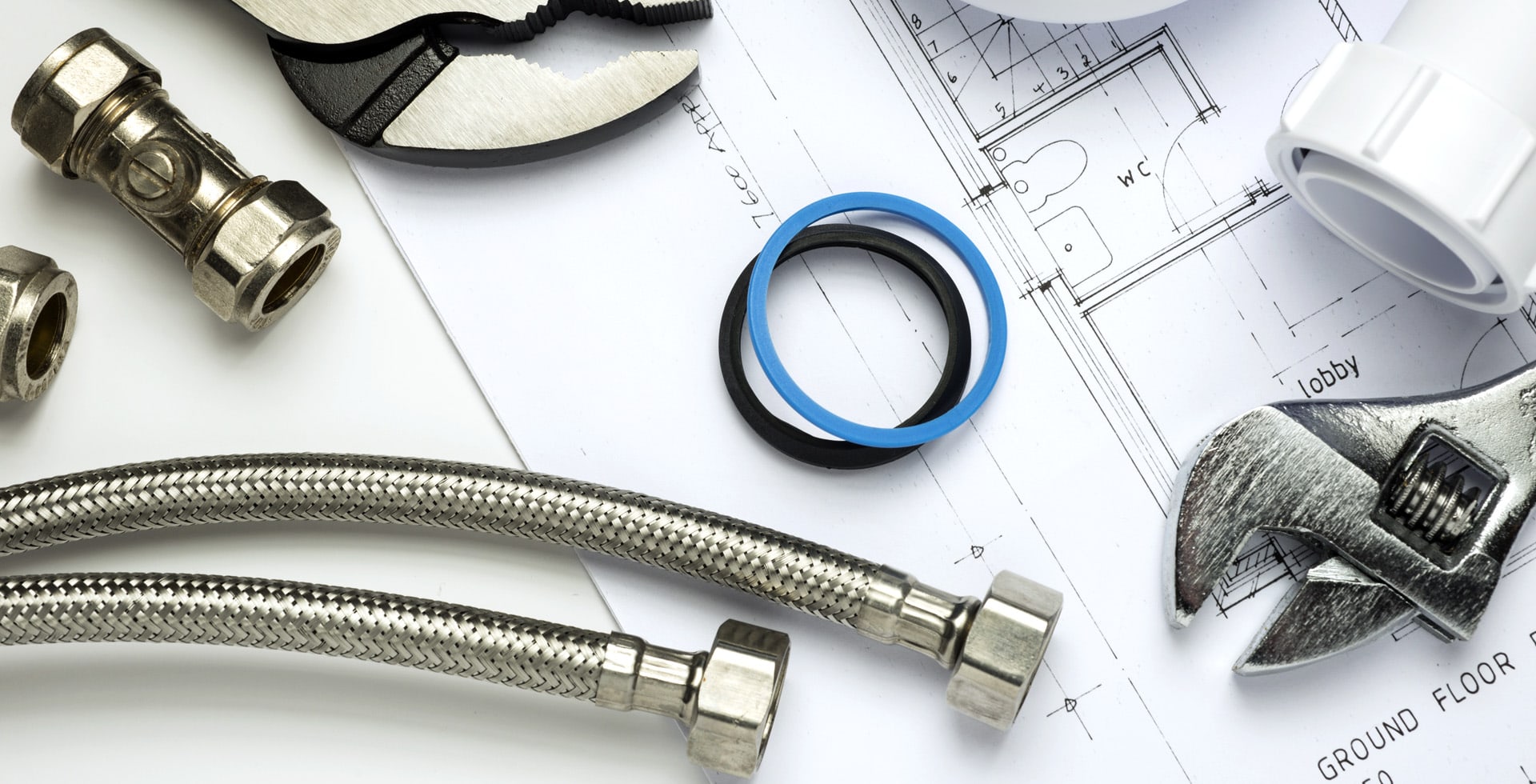How Roof Repair Contractors Diagnose Leaks
Roof leaks can cause significant damage to a home if not diagnosed and repaired promptly. Effective detection is crucial for maintaining the integrity of the structure. Professional roof repair contractors utilize a systematic approach to accurately pinpoint the sources of leaks. This blog post will outline the methods contractors use to diagnose roof leaks effectively.
Understanding the Common Causes of Roof Leaks
Before diagnosing a leak, it is essential to understand the common causes that might lead to water intrusion in a home. The following factors often contribute to roof leaks:
- Damaged Shingles: Cracks, missing shingles, or those that have curled can create vulnerabilities.
- Flashing Issues: Flashing is used to direct water away from critical areas; improper installation or damage can lead to leaks.
- Poor Ventilation: Inadequate ventilation can cause condensation and moisture buildup, leading to leaks.
- Clogged Gutters: Overflow from gutters can direct water under shingles and towards the roof structure.
- Aging Roof: An older roof may naturally deteriorate and develop leaks over time.
Initial Visual Inspection
The first step in diagnosing a roof leak involves a thorough visual inspection conducted by a qualified roof repair contractor. This inspection typically includes:
- Exterior Inspection: Contractors will examine the roof surface for visible signs of damage, such as cracked or missing shingles, damaged flashing, or signs of wear.
- Interior Inspection: Inspecting the ceiling and walls inside the home for water stains, mold, or dampness, which can indicate the location of a leak.
- Check Attic Spaces: A closer look at the attic can reveal moisture, insulation damage, or mold growth, providing clues about potential leak sources.
Using Specialized Tools and Techniques
In addition to a visual inspection, roof repair contractors may employ various tools to enhance their diagnostic efforts. Some of these tools include:
- Moisture Meters: These handheld devices measure moisture levels in roofing materials, helping to identify damp areas that may not be visible.
- Infrared Cameras: Infrared technology allows contractors to see temperature variations on the roof, indicating areas where moisture may be present.
- Sprinkler Tests: By simulating rain with a controlled water source, contractors can observe where water may leak into the roof system.
Evaluating Roofing Materials
Contractors will also assess the materials used in the roofing system. Certain materials have specific vulnerabilities that may contribute to leaks:
- Asphalt Shingles: These are susceptible to curling and cracking, especially in extreme weather conditions.
- Metal Roofs: Poor installation or corrosion can lead to leaks in metal roofs. Flashing points are critical areas to evaluate.
- Tile Roofs: Tiles can crack or become dislodged, allowing moisture to penetrate beneath.
Identifying Problematic Areas
Depending on the roof’s design, certain areas can be more prone to leaks. Contractors will pay specific attention to:
- Valleys: The intersection of two roof slopes where water flows, making it a high-risk area for leaks.
- Penetrations: Areas around vents, chimneys, and skylights are common leak sources if not properly sealed.
- Roof Edges: Over time, the edges of a roof can wear down, leading to potential leaks if not adequately protected.
Documenting Findings and Providing Solutions
After completing their inspections and utilizing diagnostic tools, roof repair contractors will document their findings. This documentation will serve multiple purposes:
- Identifying the Leak Source: Providing a clear explanation of where the leak is originating from.
- Recommending Repairs: Suggesting specific repairs or replacements necessary to rectify the issues found during the assessment.
- Providing Estimates: Offering cost estimates for the proposed repair work to help homeowners make informed decisions.
Importance of Professional Diagnosis
While some homeowners may attempt DIY methods to diagnose roof leaks, professional knowledge and experience are invaluable. Professional contractors have the expertise to identify hidden issues that an untrained eye might miss. They also ensure that any repairs are conducted safely and effectively, safeguarding the home’s integrity.
Regular Maintenance to Prevent Future Leaks
One of the best ways to prevent roof leaks is through regular maintenance. Roof repair contractors often advise homeowners to:
- Schedule routine inspections to catch potential issues early.
- Keep gutters clear of debris to ensure proper water flow.
- Trim overhanging branches that could cause physical damage to the roof surface.
- Address minor repairs promptly to prevent larger, costlier problems in the future.
Conclusion
The process of diagnosing roof leaks requires a combination of experience, specialized tools, and a keen understanding of roofing systems. By employing a thorough inspection along with advanced techniques, roof repair contractors can accurately identify the source of leaks and recommend effective solutions. Homeowners should recognize the importance of professional assessments and maintenance to ensure their roofs remain watertight and resilient for years to come.

